Non-Toxic Furniture: How To Find The Best Options
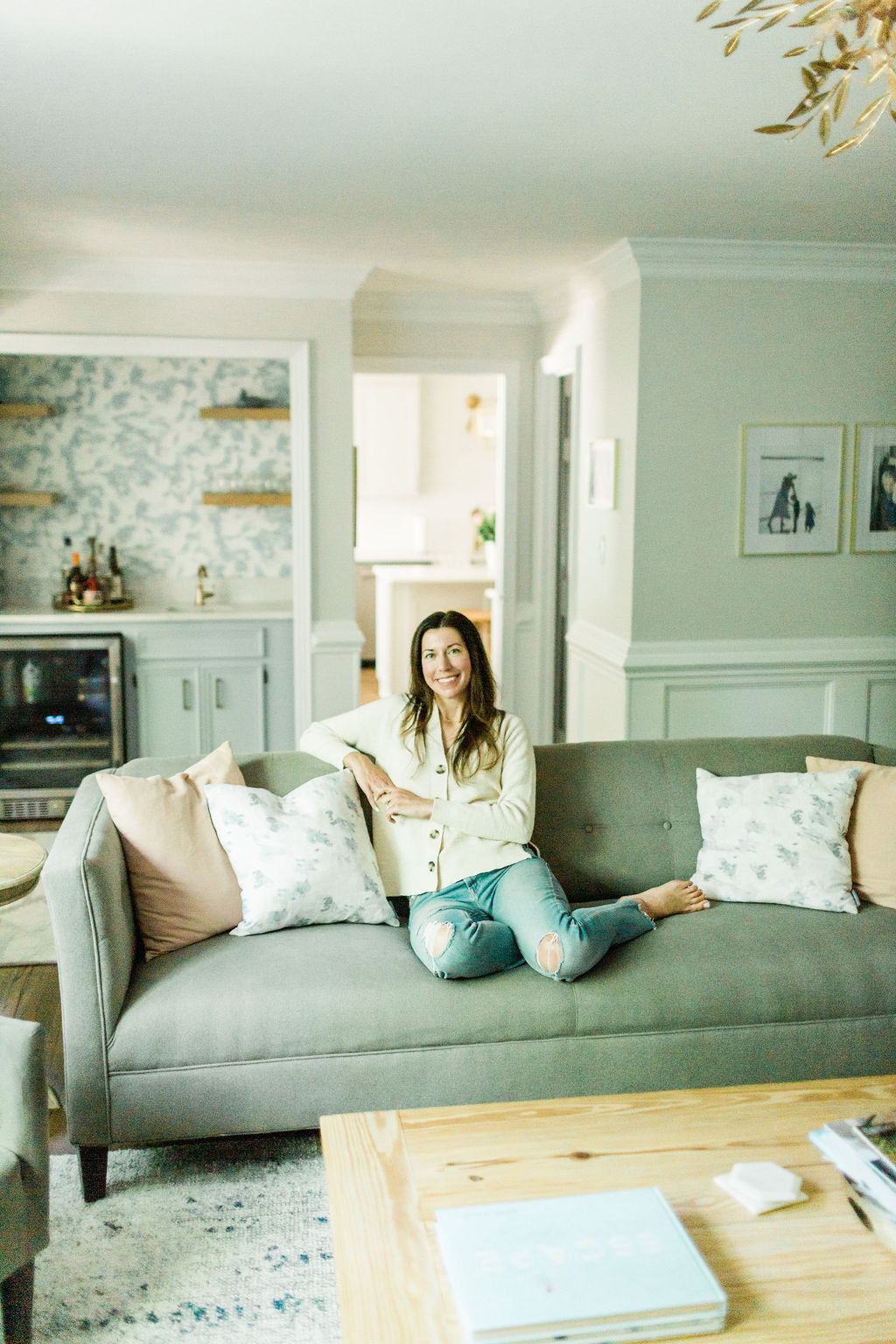
This month I’ve been sharing some healthy home tips and we’re closing out with a BIG subject: Non-toxic furniture! I’ve tried to whittle down the information to keep things simple and concise. I must confess this is something I could discuss at length, but I’ll spare you the boring details and stick to the highlights (as much as it pains me haha). So consider this Non-Toxic Furniture 101.
First and foremost, you do not have to get rid of all your furniture and buy all non-toxic. Life isn’t perfect, our homes will never be perfectly non-toxic. No need to stress out and empty your wallet striving for perfection. That said, maybe you’ve been working on making a healthier home for a while now and want to know the options before replacing a couch. That’s what this post is about.
Ok, now that I’ve said that, let’s dive in
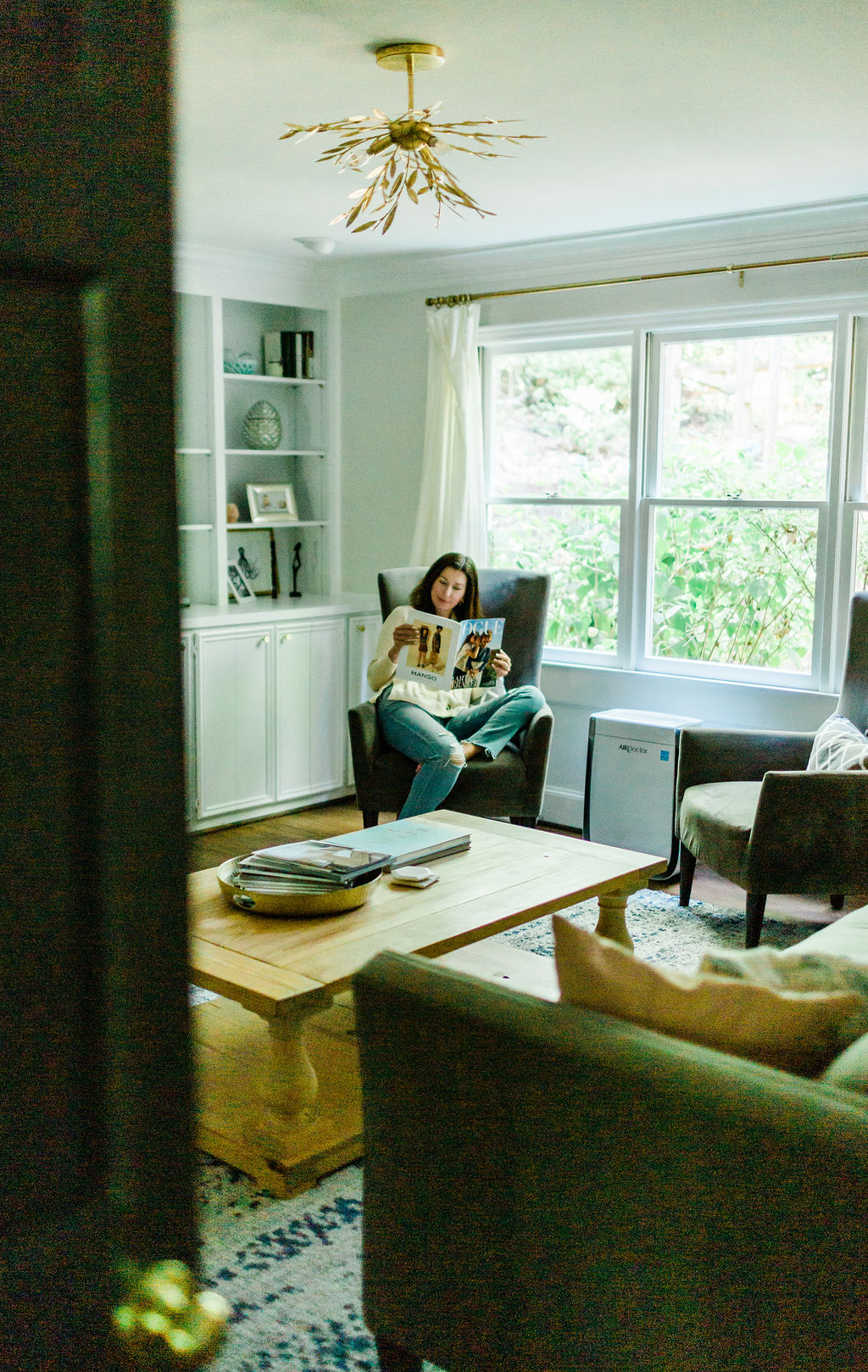
Photography by emmaloo.co
Why choose Non-Toxic Furniture?
Conventional furniture is often made using materials that don’t prioritize our health. From the adhesives used to bind components to stain-resistant fabric treatments, bringing in a new furniture piece can introduce a variety of harmful chemicals into your home.
Choosing non-toxic furniture has several benefits beyond simply reducing chemical exposure:
- Improved Indoor Air Quality: Furniture made with natural materials and non VOC finishes releases fewer volatile organic compounds into your home, which can help reduce headaches, respiratory irritation, and allergy symptoms.
- Better Health for Children and Pets: Kids spend a lot of time on floors and around furniture, and pets can be exposed to harmful dust and chemicals. Non-toxic furniture ensures your home is safer for the entire family.
- Long-Term Sustainability: Many non-toxic furniture pieces are made from responsibly sourced wood products and eco-friendly manufacturing methods, reducing environmental impact.
- Durability and Quality: Non-toxic furniture often uses higher-quality materials like solid wood, natural oils, and non-toxic stains, which can last longer than conventional mass-produced pieces.
- Mindful Living: Making informed furniture choices supports a healthier lifestyle and also shows manufacturers that consumers are aware of harmful chemicals present in everyday products.
The Most Common Culprits:
PFAS – Found in performance fabrics and stain/water-resistant fabrics. Likely present in many conventional options.
Flame Retardants – Often applied to cushions, upholstery, and foam.
MDF – Medium-density fiberboard can release formaldehyde and other volatile compounds.
PVC or plastics with phthalates – Common in faux leather and some structural components.
VOC-containing finishes – Paints, stains, and varnishes can off-gas, adding to indoor air pollution.
These add to the toxic load in your home as they off-gas or break down into toxic dust (I discuss that more in this post).
By choosing furniture thoughtfully, you’re taking an active step toward creating a healthier, safer home environment. Even small changes, like selecting one certified sofa or using formaldehyde free wood tables, can significantly reduce your household’s toxic load over time.
There are ways to mitigate some of these culprits if you bring conventional furniture into your home, which I’ll discuss below. But first, what to look for instead:
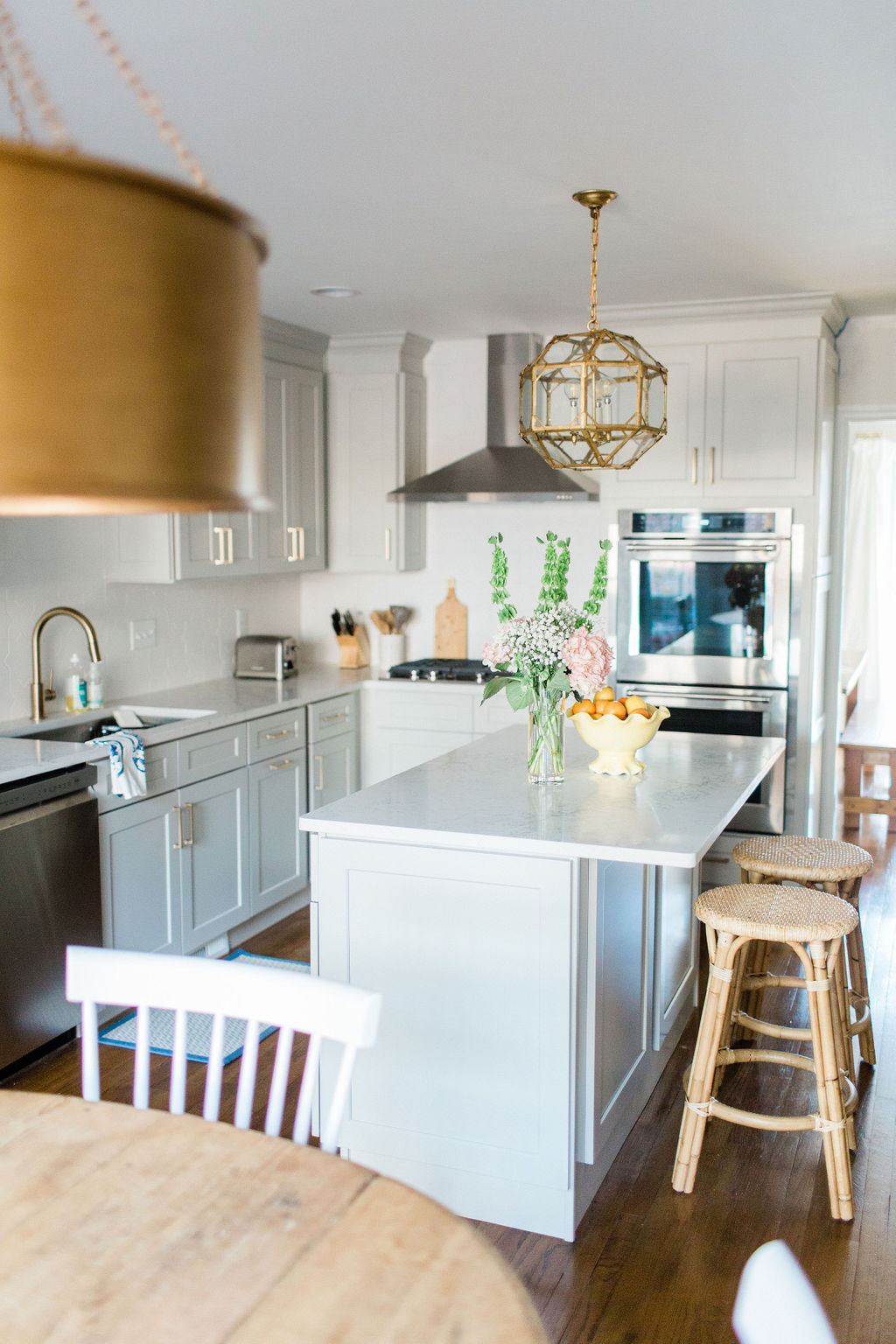
How To Find Non-Toxic Furniture
If you’re buying new, avoiding the substances listed above is priority as new furniture tends release those heavily into your home. The good news is that many major retailers are taking this more seriously and phasing out toxins on their own. Many times you can find this information listed on their website or on the tags at the store. Some major retailers even have non-toxic certifications for some of their furniture. Don’t be afraid to call or email customer service and ask for more information.
Certifications
I’ll be the first to tell you the certifications don’t always cover all of the bases. But they’re an excellent jumping off point and do offer some third party assurance.
Common Certifications: OEKO-TEX, GREENGUARD, MADE SAFE, Global Organic Textile Standard (GOTS), Certi-PUR, and more.
Some certifications include some substances and not others. For instance, MADE SAFE (which I’ve worked with in the past and really respect) doesn’t allow any PFAS but OEKO-TEX, which is arguably more prevalent, only prohibits some PFAS.
Here’s a simple breakdown:
- OEKO-TEX Standard 100 – Focuses on textiles and fabrics. Tests for a wide range of harmful chemicals, including some PFAS.
- GREENGUARD – Ensures low chemical emissions from furniture and building materials, helping maintain healthier indoor air.
- MADE SAFE – Prohibits known harmful chemicals like PFAS, phthalates, and also formaldehyde in products. Highly respected in the non-toxic community.
- GOTS (Global Organic Textile Standard) – Applies to organic fibers and textiles. Guarantees sustainable production and also restriction of harmful chemicals.
- CertiPUR-US – Focuses on foam, ensuring VOC finishes and harmful flame retardants are minimized or eliminated.
Understanding which certification covers what can help you make informed decisions. For example, a sofa may carry OEKO-TEX but not GREENGUARD, meaning the fabric is tested but the frame’s finishes might not be.
Non-Toxic Furniture Brands
This is an area that you can look at on a sliding scale of bad to good, better, best. So some of these options are better than others and some are not 100% non-toxic.
(This is not an all inclusive list, but includes brands I’ve researched)
Best Options
All of these are considered to be pretty non-toxic and offer transparency and third-party certifications
Better Options
These brands have SOME better options. Make sure to choose options that have certifications and avoid performance fabrics here if possible
Crate and Barrel (mostly just nursery + kids)
Good Option
IKEA– A budget friendly option and they’ve been somewhat of a trailblazer with phasing out toxins. They’re free of PFAS, phthalates, flame retardants (for the most part), and more. That said, they don’t have any third-party certifications so you have to take the claims at face value.
Materials to Look For
When choosing non-toxic furniture, knowing what materials are safe is just as important as avoiding harmful chemicals. Selecting the right materials ensures your home stays healthier while giving you durable, beautiful pieces. Here’s what to look for:
1. Solid Wood
- Opt for solid wood products like oak, maple, birch, or walnut instead of MDF or particleboard, which often contain formaldehyde.
- Solid wood is naturally durable, ages beautifully, and off-gasses far less than engineered wood.
- Look for sustainably sourced options, such as FSC-certified wood, to support environmentally responsible practices.
2. Natural Fabrics
- Choose fabrics made from organic cotton, linen, hemp, or wool, preferably GOTS-certified.
- Avoid performance fabrics or stain-resistant treatments unless you can confirm they are free of PFAS and other harmful chemicals.
- Natural fabrics are breathable, comfortable, and better for indoor air quality.
3. Non-Toxic Finishes
- Select furniture with finishes made from natural oils, beeswax, or water-based stains instead of chemical-based varnishes.
- Check for VOC finishes or labels indicating low or no VOCs. These help prevent indoor air pollution.
- A natural finish also enhances the natural glow of wood and allows it to age gracefully.
4. Safe Adhesives and Glues
- Many conventional pieces use adhesives that emit formaldehyde or other VOCs.
- Look for furniture specifically labeled formaldehyde free or made with water-based glues.
5. Other Natural Materials
- Bamboo, rattan, or reclaimed wood are great eco-friendly options.
- Make sure any composite parts are formaldehyde free and also finished with VOC-free coatings.
- Natural fibers like jute or sisal are perfect for rugs or upholstered accents.
By paying attention to these materials, you can build a home filled with furniture that is safer, longer-lasting, and aesthetically timeless. Even small swaps, like choosing a natural wood table over MDF, can reduce your exposure to harmful chemicals and make a big difference in your overall indoor environment.
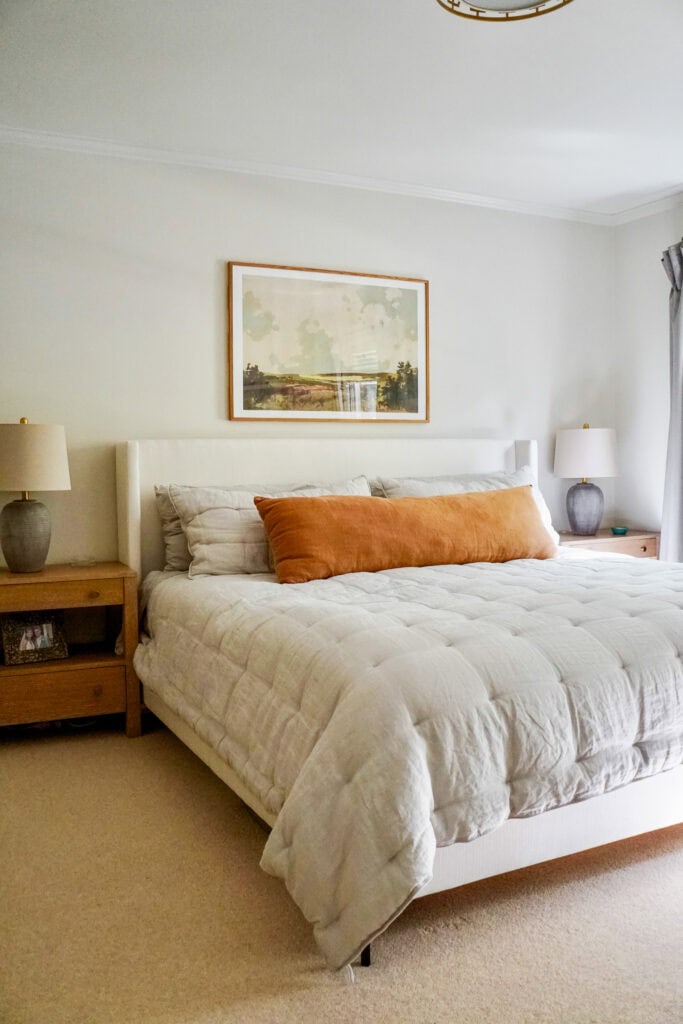
Alternatives To Buying Non-Toxic Furniture
Build Your Own– My husband and dad have built a few pieces on our home. There are plenty of plans and guides online.
Buy Used– I would still check the materials to avoid PVC, etc. but overall this is a much better option as it’s likely done the bulk of off-gassing already.
Air It Out– Need to buy new? If you have space away from your main living area (garage, etc), leave it there to air it out for a few weeks before bringing it into your home. Also consider using an air purifier and/or opening windows frequently after bringing it in.
My podcast episode with Laura from (former founder of Laura’s Natural Life) goes into more suggestions for this.
Non-Toxic Furniture Cleaner
Maintaining your furniture safely is just as important as choosing it. Many conventional cleaners contain harmful chemicals that can damage surfaces and reduce indoor air quality. Here are some non-toxic cleaning options:
1. Truly Free Wood Cleaner
- Made with natural materials and free from VOCs and harsh chemicals.
- Safe for most wood products, including sealed and unsealed surfaces.
- Leaves furniture clean and refreshed without synthetic fragrances.
2. Aunt Fannie’s Wood Cleaner
- Formaldehyde free and plant-based for gentle cleaning.
- Ideal for maintaining cabinets, tables, and shelving without introducing harmful chemicals.
- Helps preserve the natural glow and dewy finish of your wood furniture.
3. Ecos Furniture Cleaner + Polish (Good/Not Best)
- Combines cleaning and polishing for a natural shine on non VOC finish furniture.
- Made from plant-based ingredients and free of harsh solvents.
- This option is fine but it does contain Phenoxyethanol, which I typically recommend avoiding in personal care products. Since this isn’t being directly applied to your skin, I have much less of a problem with it. Though I always recommend doing what you feel comfortable with for you and your family.
4. DIY Non-Toxic Cleaner
- Mix 1 cup water, 1 cup white vinegar, and a few drops of olive oil.
- Apply with a soft cloth to furniture for gentle cleaning.
- Excellent for maintaining wooden surfaces.
Regular maintenance with these cleaners helps extend the life of furniture while keeping your home free of harmful chemicals.
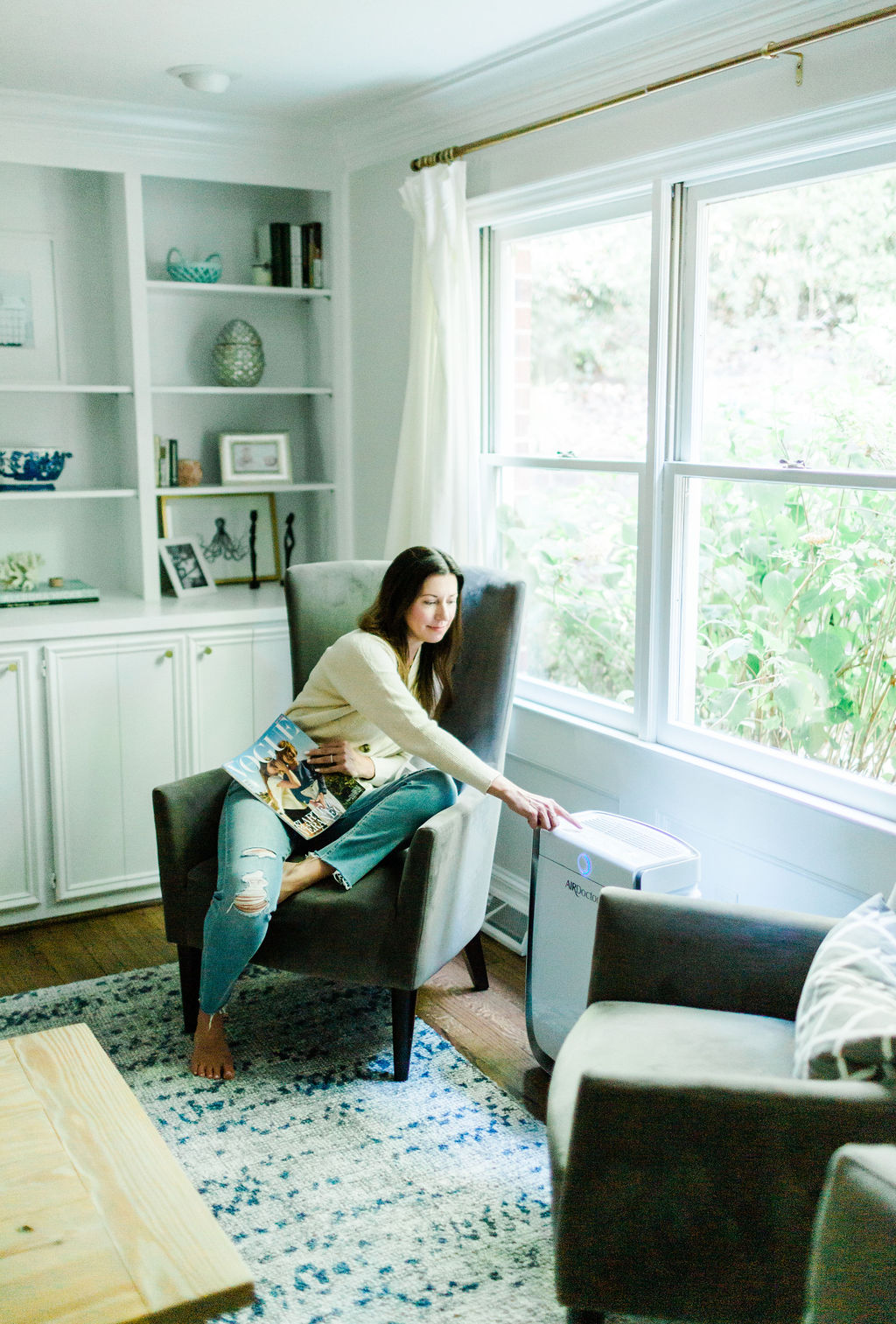
Navigating non-toxic furniture doesn’t have to be overwhelming. As I stated in the beginning, this isn’t an area that it’s easy to go all non-toxic in. We have a few 100% non-toxic pieces in our home but also mixed in are family antiques, DIY furniture, and some heavily researched items from brands like IKEA and West Elm.
Today, the trend toward sustainable design, reduced indoor pollution, and also transparency in manufacturing is getting better. Choosing furniture made from natural materials, formaldehyde free wood, and low VOC finishes not only benefits your health but also supports brands committed to safer, environmentally friendly practices.
As always, progress over perfection. Choose better when you can but don’t stress about the rest!
*Some affiliate links used. All thoughts and opinions are always my own.

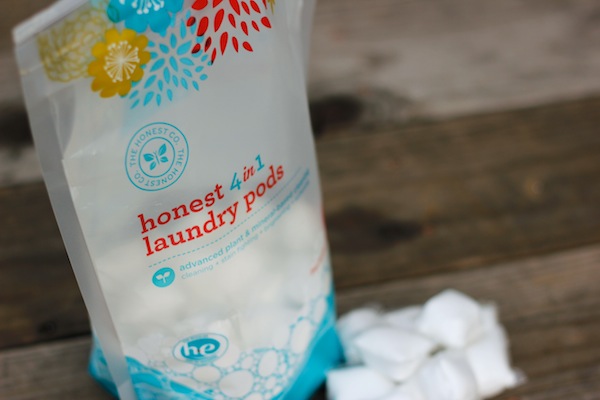

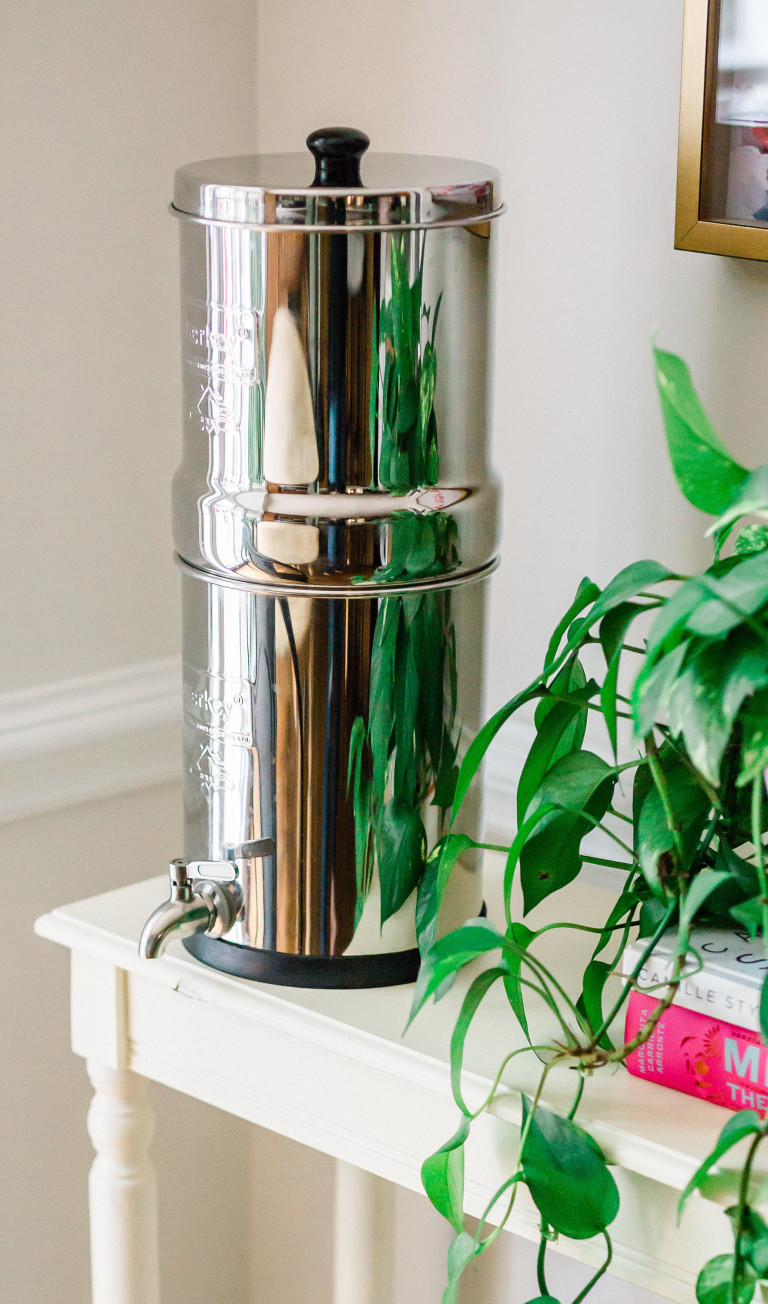
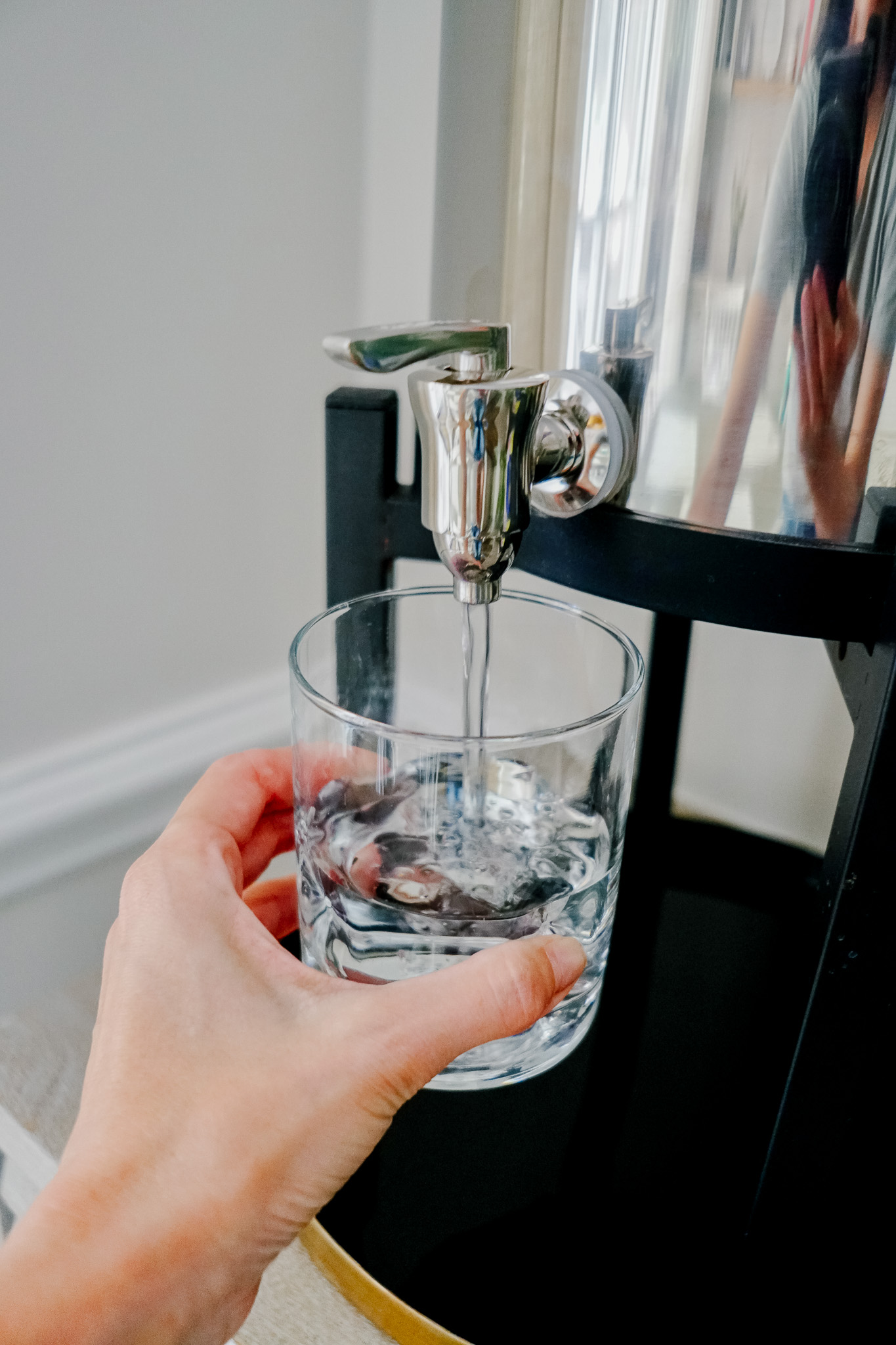
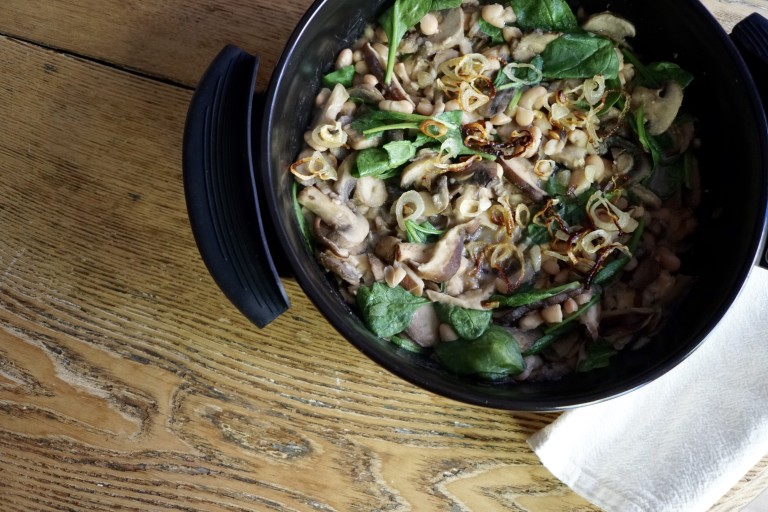
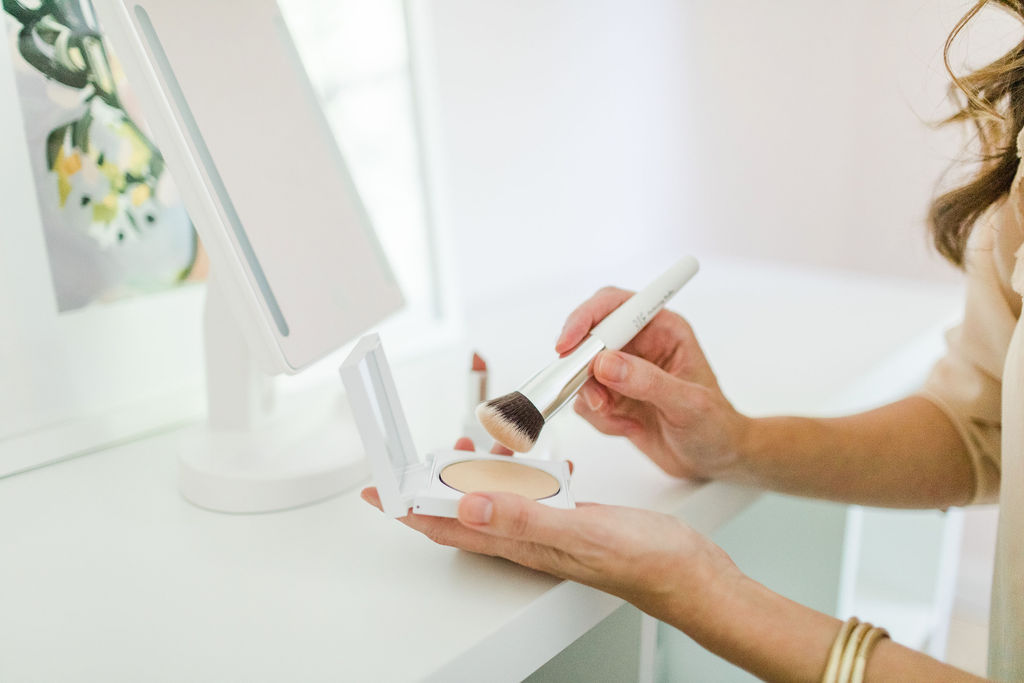
Thank you for this information, it was very helpful. I appreciate it!Thank you again!
HI there, I am curious why you do not have Avocado listed in your ‘Best’ category? They sell some of the cleanest wood furniture I have found.
I found this article very helpful! Thank you for your time <3 also I love your design sense
Hi Nessa, Thank you! So happy this was helpful for you 🙂
Love your healthy resources. Thank you!
Thanks Maylivia!